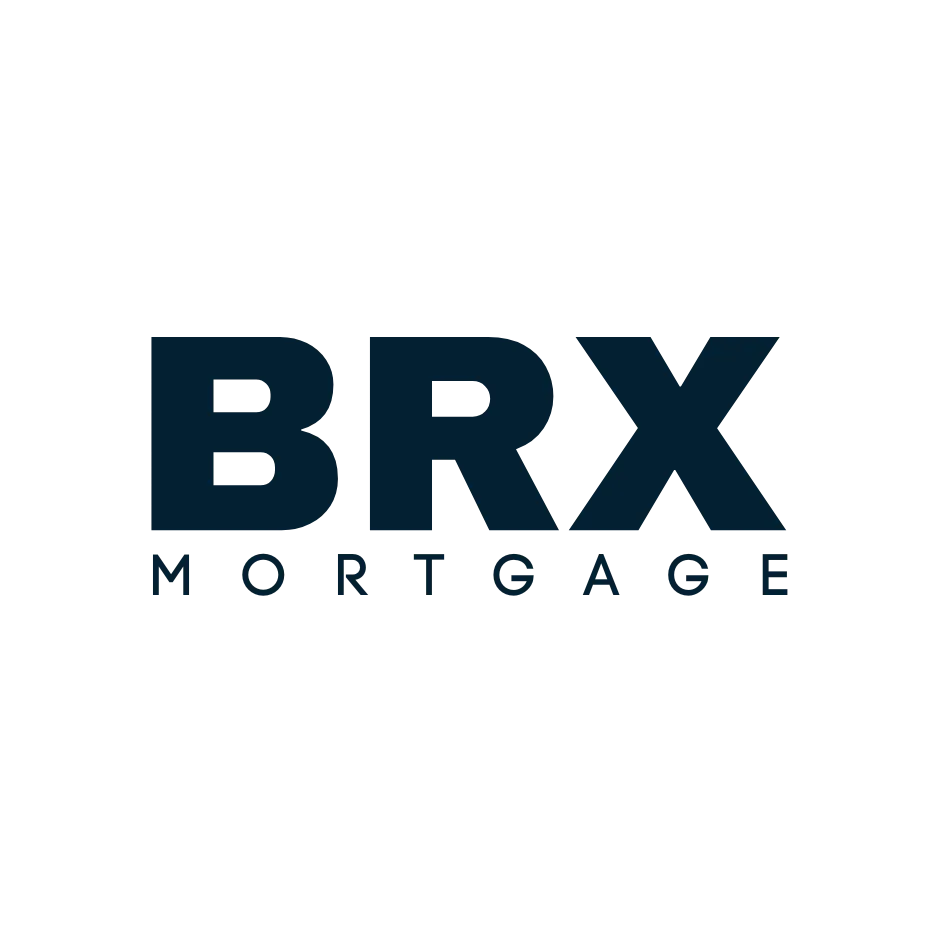If you're a realtor, you've probably advised your clients that investing in more real estate, such as investment properties, rentals, and commercial properties, is a wise decision. Expanding your portfolio can pave the way to financial freedom in the future. However, purchasing a home as a self-employed individual, whether you're a realtor, financial planner, investment agent, or in a similar commission-based role, presents unique challenges.
Keep reading if you’d like to learn about the five different ways you can qualify for more real estate properties when you’re self-employed.
Mortgage Options for Self-Employed Clients
Getting a mortgage can be tough for self-employed people due to the complexities in verifying their income. Traditional lenders need a lot of documentation, making it hard for these entrepreneurs to qualify. Luckily, the mortgage broker industry has solutions to help self-employed clients maximize tax savings and get the mortgage they need.
Here are five key options: Verified Income, Stated Income, Alternative Lenders, Private Lending, and Lender Exceptions.
Verified Income
Verified Income mortgages rely on official documents like tax returns and Notices of Assessments. Typically, lenders average your net income over two years. They may then inflate this average by 15% to 20%, slightly boosting your income for mortgage qualification. This approach helps compensate for deductions that lower taxable income, making it easier for self-employed individuals to qualify for mortgages with a lower down payment.
Stated Income
Stated Income mortgages are more accessible, but many lenders do not consider commission income, so it’s best to discuss this option beforehand. This route typically requires a minimum 10% down payment and has maximum mortgage amounts that vary based on the lender. Default insurance is added to your mortgage, and the premium for this program is higher compared to other insured mortgages for verified income.
Alternative Lenders
Alternative Lenders understand the unique financial situations of self-employed individuals. They use a flexible approach to income verification, considering bank statements and business revenue. Some may even consider your two years of commission T4As and deduct a reasonable industry standard amount from your gross income, significantly altering the income calculation compared to traditional methods. This flexibility allows clients to declare their income, making the process easier. A 20% down payment is typically required, but clients can save on personal taxes by declaring an income that reflects their true financial situation. The 1% lender fee and slightly higher interest rates are often worth it for the increased likelihood of approval.
Private Lending
Private Lending is suitable for individuals who cannot qualify with traditional lenders. A 20% down payment is required, but private lenders focus more on the property's value and the borrower's equity rather than official income. This flexibility allows clients to save on taxes by declaring a reasonable income that matches their actual financial situation. Although there are higher fees and interest rates, the benefits of accessing the real estate market and saving on personal taxes can outweigh the costs.
Lender Exceptions
There are always exceptions to the rule, and some lenders may consider special circumstances. If your clients have high savings, net worth, lots of equity, or something unique about their financial situation, a lender might make an exception. Here are a few examples:
35% Down Payment: Lenders might allow qualifying ratios to exceed standard limits to help clients qualify for larger mortgages.
High Liquid Savings or Large Investment Portfolios: These assets can be considered as fallback income, bridging the gap between traditional income and mortgage qualification.
High Net Worth Programs: These programs initially assess clients based on traditional income but also factor in dollar-for-dollar investments. The definition of liquid investments varies between lenders, so discussing different scenarios is crucial.
For instance, I once worked with a realtor who had a couple hundred thousand in their corporate account. Normally, I would have pursued the Alternative Lender route, but in this case, we secured a lender exception from one of the big five banks. Some lenders apply common sense, while others strictly adhere to the rules.
Helping Your Clients with These Solutions
It’s crucial for self-employed clients to understand these specialized mortgage options. By choosing Stated Income, Alternative Lenders, Private Lending, or Lender Exceptions, they can secure mortgages without inflating their income or facing strict verification requirements. The tax savings can significantly impact their financial stability, allowing them to reinvest in their business or strengthen their overall financial position.
Partnering with Skilled Mortgage Brokers
To get the most out of these benefits, partnering with a skilled mortgage broker is essential. An experienced broker can guide clients through each option, assess their financial situation, and develop a short-term plan to transition back to traditional lending. By referring your clients to a knowledgeable mortgage broker, you help them achieve their homeownership dreams and reinforce your role as a trusted advisor in their financial journey.
Conclusion
Self-employed clients have several mortgage options to achieve homeownership and maximize tax savings. Verified Income, Stated Income, Alternative Lenders, Private Lending, and Lender Exceptions offer flexible approaches to income verification, allowing borrowers to declare reasonable income amounts that reflect their financial situation. Working with a knowledgeable mortgage broker can help your clients thrive financially and achieve their homeownership goals.
Let's connect:
📞 (403) 370-9020
🌐 jaydenbacks.ca
📩 [email protected]












